Khajuraho-Lakshmana Temple erotic
Man having intercourse with a horse, pictured on the exterior of a temple in Khajuraho. The women next to him on the frieze look on in shock. The exterior represents the human/profane world as opposed to the celestial interior.[58]
2. Zoophilia
The Kinsey reports controversially rated the percentage of people who had sexual interaction with animals at some point in their lives as 8% for men and 3.6% for women, and claimed it was 40–50 percent in people living near farms,[4] but some later writers dispute the figures, because the study lacked a random sample, and because the prison population was included, causing sampling bias. Martin Duberman has written that it is difficult to get a random sample in sexual research, and that even when Paul Gebhard, Kinsey's research successor, removed prison samples from the figures, he found the figures were not significantly changed.[8]By 1974, the farm population in the USA had declined by 80 percent compared to 1940, reducing the opportunity to live with animals; Hunt's 1974 study suggests that the demographic changes led to a significant change in reported occurrence. Males in 1974 were 4.9% (1948: 8.3%), and in females in 1974 were 1.9% (1953: 3.6%). Miletski believes this is not a reduction in interest but a reduction in opportunity.[9]
François Boucher (attributed), Leda and the Swan, c. 1740. Oil on canvas.
Nancy Friday's 1973 book on female sexuality, My Secret Garden, comprised around 190 fantasies from different women; of these, 23 involve zoosexual activity.[10] In one study, psychiatric patients were found to have a statistically-significant higher prevalence rate (55 percent) of reported bestiality, both actual sexual contacts (45 percent) and sexual fantasy (30 percent) than the control groups of medical in-patients (10 percent) and psychiatric staff (15 percent).[11] Crépault and Couture (1980) reported that 5.3 percent of the men they surveyed have fantasized about sexual activity with an animal during heterosexual intercourse.[12] A 1982 study suggested that 7.5 percent of 186 university students had interacted sexually with an animal.[13]Sexual fantasies about zoosexual acts can occur in people who do not wish to experience them in real life.

Nancy Friday notes that zoophilia as a fantasy may provide an escape from cultural expectations, restrictions, and judgements in regard to sex. A frequency interest in and sexual excitement at watching animals mate is cited as an indicator of latent zoophilia by Massen (1994). Masters (1962) says brothel madames used to stage exhibitions of animals mating, as they found it aroused their clientele, and that it can encourage their clients to engage in bestiality.[14]Several studies have found that women show stronger vaginal responses to films depicting bonobo copulation than to non-sexual stimuli.[15][16]








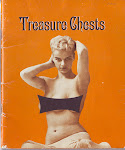


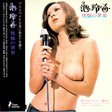
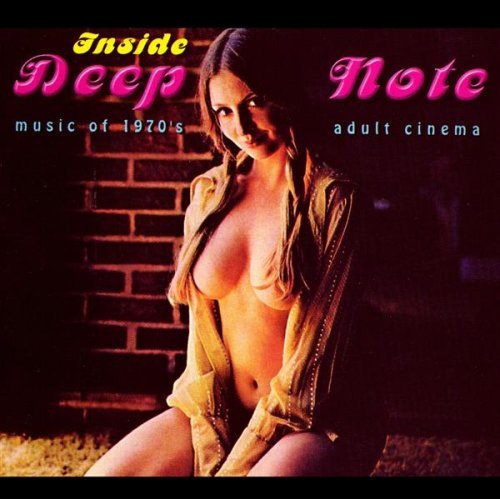













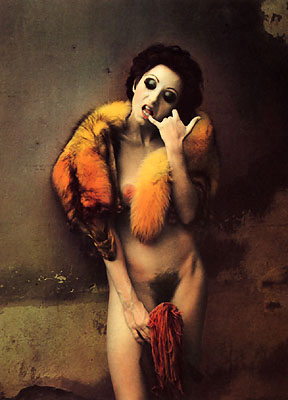




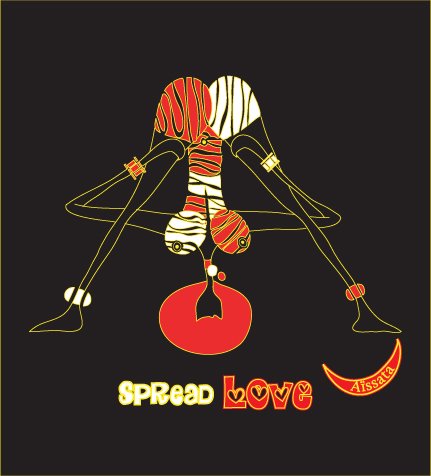

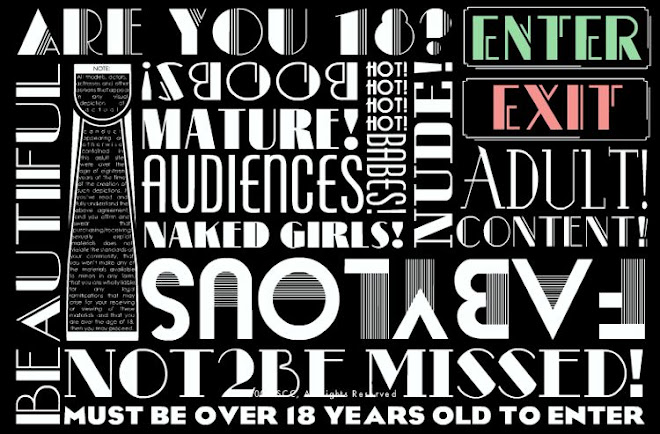


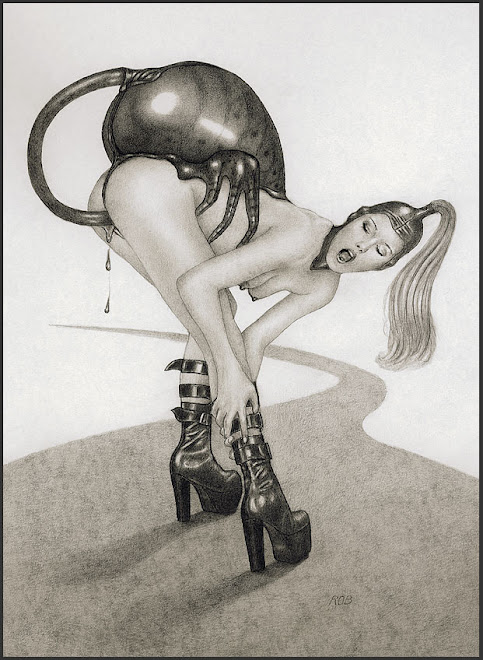

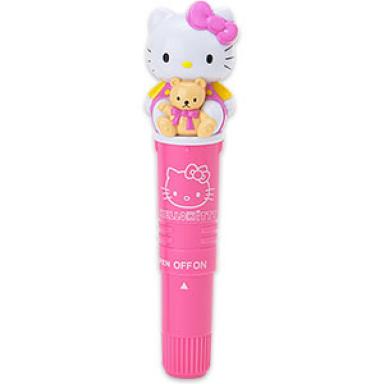
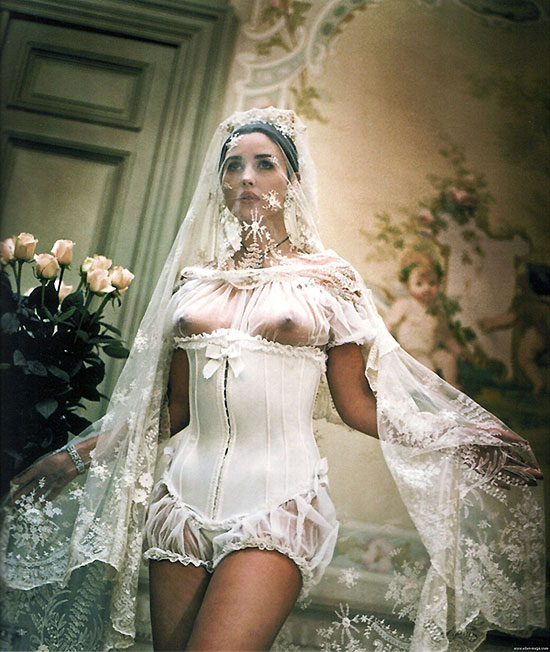
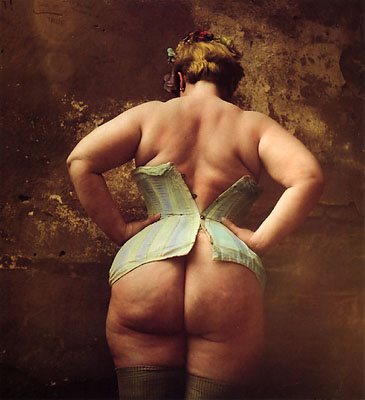








1 comment:
Indian Nude Hot Desi 3x Sex Xxx 3gp mp4 HD Video Free Download
»------------ European Sex (137)
»------------ Cumshot Sex (107)
»----------- Blowjob Sex (311)
»------------ Hot Sites (Ads)
»------------ Sex In Office (762)
»------------ Teen Sex (277)+7
»------------- Pornstar Sex (910)+10
»------------- Lesbian Sex (223)+22
»------------ Hardcore Sex (386)
»------------- European Sex (137)
»------------ Cumshot Sex (107)
»------------- Blowjob Sex (311)
»------------- Big Tits Sex (334)
»------------- Hot Sites (Ads)
»------------- Sex In Office (762)
»------------- Teen Sex (277)+7
»------------- Pornstar Sex (910)+10
»------------- Lesbian Sex (223)+22
»------------- Hardcore Sex (386)
»-------------- European Sex (137)
»-------------- Cumshot Sex (107)
»------------- Blowjob Sex (311)
»-------------- Big Tits Sex (334)
»-------------- Big Dick Sex (243)
»------------- Hot Sites (Ads)
»------------- Sex In Office (762)
»------------- Teen Sex (277)+7
»------------- Pornstar Sex (910)+10
»------------- Lesbian Sex (223)+22
»------------- Hardcore Sex (386)
»------------- European Sex (137)
»------------- Cumshot Sex (107)
»------------- Blowjob Sex (311)
»-------------- Big Tits Sex (334)
»-------------- Big Dick Sex (243)
»--------------- Asian Sex (148)
Post a Comment